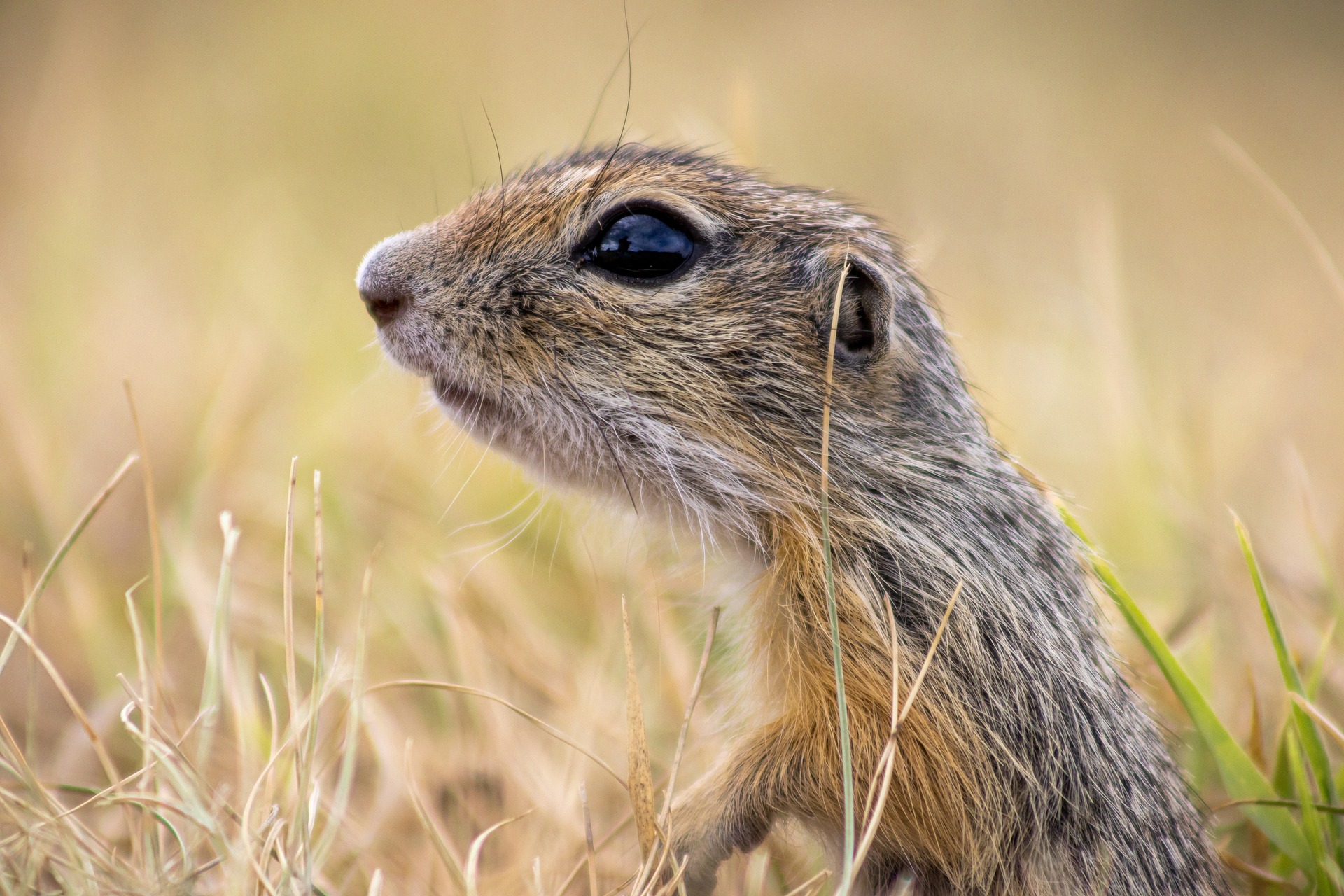Diving into the Fascinating World of Echolocation: Nature’s Own GPS
As a dedicated animal enthusiast, there’s a good chance you’ve heard about echolocation, a unique biological sonar used by certain species. But do you know the intricacies of this extraordinary sense and how it has revolutionized the animal kingdom? In this article, we delve deep into the remarkable world of echolocation, from its origins to its current understanding, and its implications on wildlife conservation.

The Origins of Echolocation: A Symphony of Survival
Echolocation, a biological adaptation that allows certain animals to locate objects by emitting sounds and listening to the echoes, has a rich evolutionary history. Thought to have emerged around 52 million years ago, echolocation is primarily used by bats and dolphins, but also by some species of birds and shrews. This extraordinary sense has allowed these animals to survive and thrive in challenging environments by helping them navigate, hunt, and avoid predators.
Echolocation Today: Beyond the Dark
While bats may be the poster child for echolocation, they are not the only creatures that benefit from this amazing ability. Dolphins, certain whales, and even some birds, like the Oilbird of South America, use echolocation to navigate and hunt. Interestingly, recent studies suggest that even some humans can develop a rudimentary form of echolocation, highlighting the remarkable adaptability of animal senses.
Market Implications: Echolocation-Inspired Technologies
The marvel of echolocation has not escaped human notice. Various technologies have been inspired by echolocation, including sonar, used in submarines and by anglers, and radar, which is utilized in aviation and meteorology. These innovations have created a billion-dollar industry, highlighting the economic impact of understanding and replicating nature’s wonders.
Echolocation and Wildlife Conservation
Knowledge of echolocation is also playing a vital role in wildlife conservation. By understanding how animals use this sense, scientists can develop effective strategies to protect them. For instance, understanding bat echolocation patterns can help devise ways to prevent them from colliding with wind turbines, a significant cause of bat fatalities.
The Future of Echolocation: Uncharted Echoes
As we continue to unravel the mysteries of echolocation, new avenues of research and potential applications are emerging. From developing advanced assistive technologies for visually impaired individuals to shaping conservation strategies, the future of echolocation is brimming with possibilities.
Echolocation is a testament to the ingenuity of nature, offering fascinating insights into the animal kingdom. As we deepen our understanding of this incredible sense, we continue to unlock the potential to improve both human lives and the wellbeing of the creatures that share our planet.




